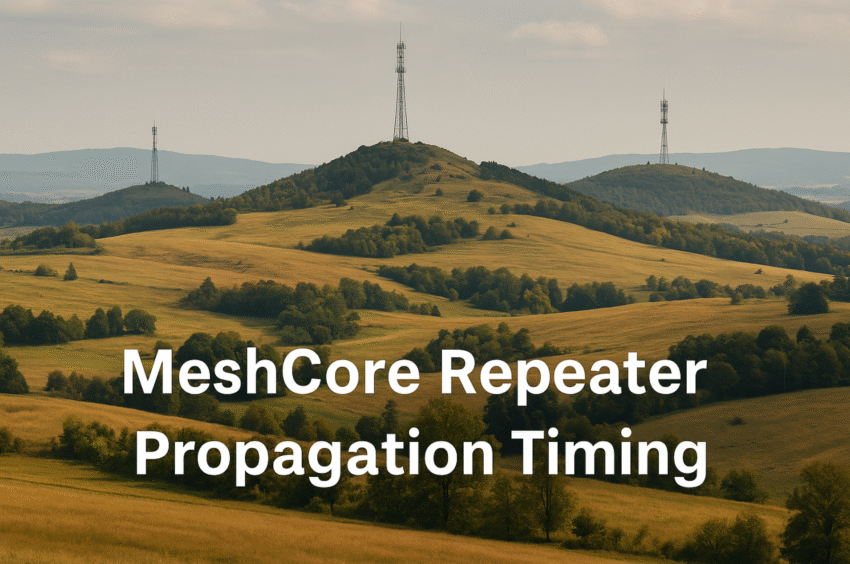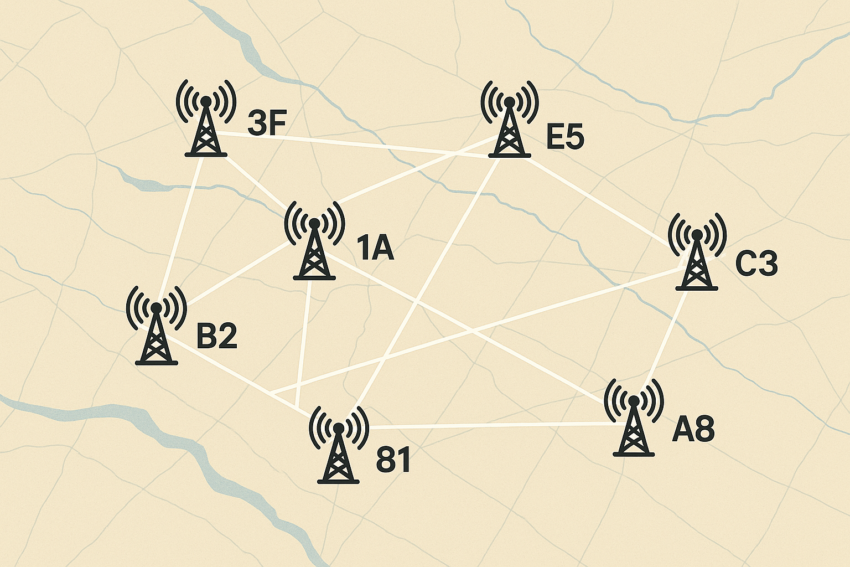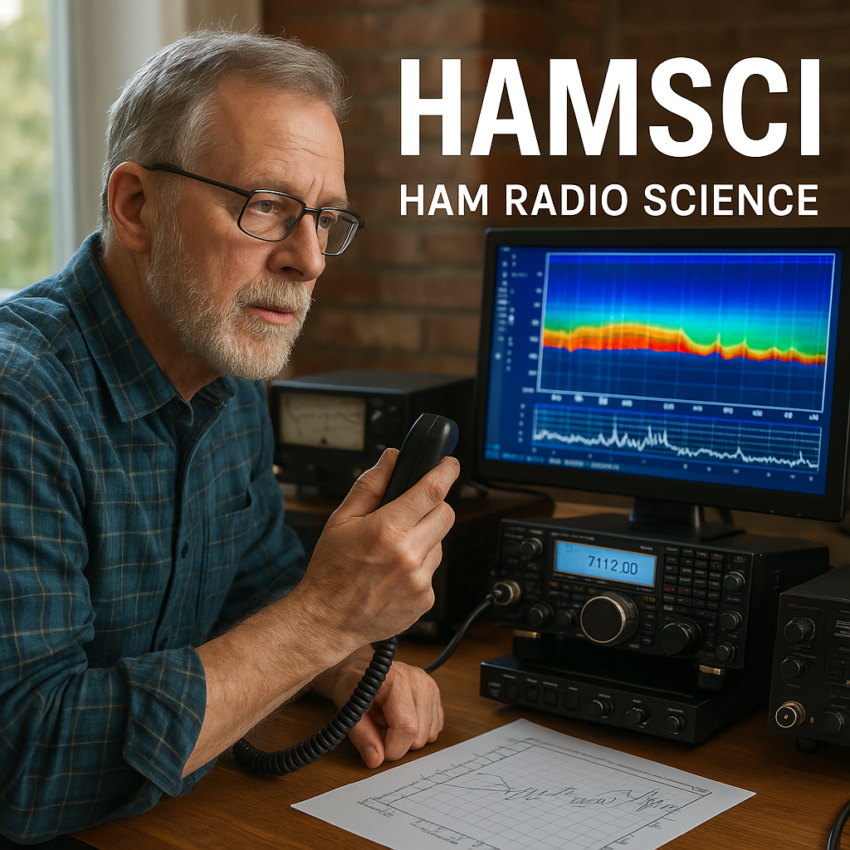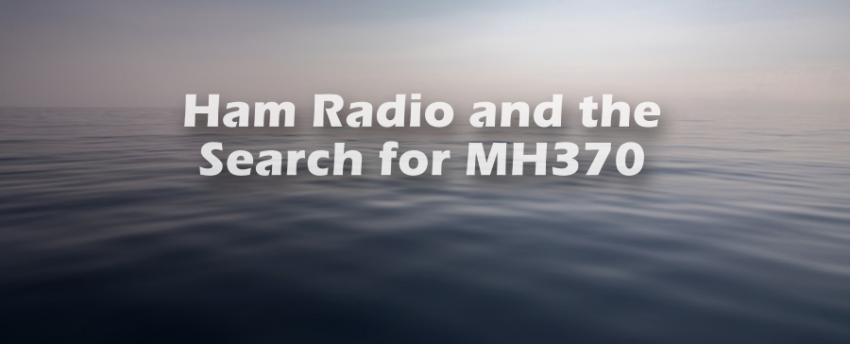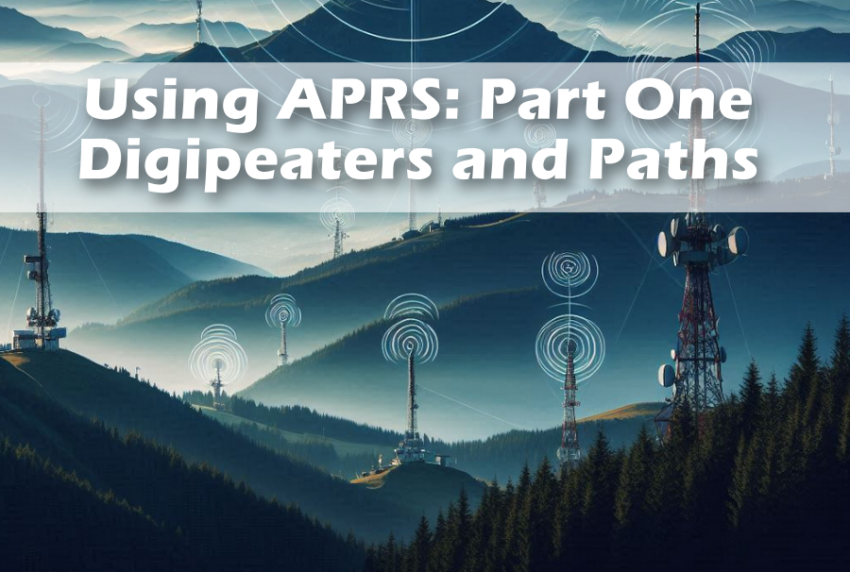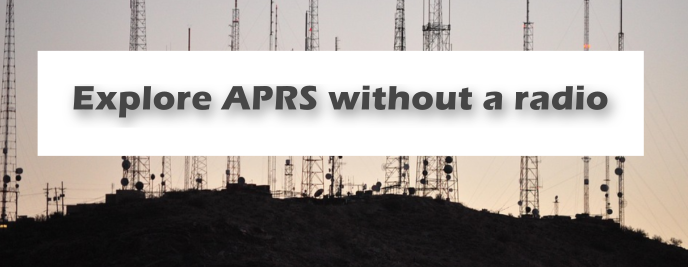MeshCore repeaters are showing up everywhere these days and I am thrilled to see it happen. As folks place these repeater nodes on high-rise rooftops, hillsides, and on ham and commercial towers, they’re discovering that the key to smooth wide-area repeater behavior isn’t just about height or terrain—it sometimes comes…
Recent Posts
Ham Radio Holiday Gift Guide 2025
For the Ham Who Builds, Hacks, and Tinkers Finding the perfect gift for a ham radio operator or electronics tinkerer doesn’t have to be a guessing game. This holiday gift guide highlights tools and gadgets that every maker, experimenter, and radio hobbyist will actually use—and love. From soldering stations and…
MeshCore Trace Path: How to Map, Test, and Understand Your Network
The MeshCore Trace Path tool is one of many useful diagnostic features built into the MeshCore client. Similar to how the traceroute utility provides insight into TCP/IP networks, MeshCore Trace Path gives you visibility into how packets travel through the mesh network—whether you’re checking a single station or tracing a…
MeshCore Deployment Lags in Silicon Valley
For a region that’s home to Silicon Valley innovation, it’s surprising and downright embarrassing how far behind the San Francisco Bay Area has fallen in MeshCore deployment and adoption. Across the Pacific Northwest, from Portland to Vancouver, operators are building resilient MeshCore networks that tie communities together with long-range, reliable,…
HamSCI: The Scientific Research Component of Amateur Radio
If you’re like me, you’ve always had a fascination with the way radio signals radiate from a source, travel through space, and induce a usable current in a wire far, far away. Ham radio to me is not just making the contact, but understanding the path, the conditions, the why…
WSPRnet Passive Radar and the Search for Flight MH370
Recently, I’ve been following some groundbreaking research suggesting that WSPRnet, the global network used by hams to log weak signal propagation reports, might have untapped potential as a passive radar tool. This revelation has taken on a particularly poignant dimension in the context of the ongoing search for Malaysia Airlines…
What Is MeshCore? Off-Grid Mesh Networking with Inexpensive LoRa Devices
If you’re interested in off-grid communications with inexpensive hardware, there’s a new name you might be hearing more often: MeshCore. Launched just a couple of months ago, MeshCore is already generating buzz among amateur radio operators and open-source developers for its clean approach to decentralized mesh networking. But what exactly…
10 Amazing Innovations in the History of Ham Radio
Our beloved ham radio hobby has a rich history spanning over a century, driven by countless technological advancements and the ingenuity of operators worldwide. These innovations have not only shaped the way we communicate but have also influenced the development of global telecommunications. From spark-gap transmitters to advanced digital modes,…
Using APRS: Part One – Digipeaters and Path Settings
Most amateur radio operators probably think of tracking an object on a map when they hear the term APRS but it’s a whole lot more than that. APRS is the Automated Packet Reporting System and it is a powerful tool for situational awareness, emergency communications, and seamless global messaging. I’ve…
Using PinPoint APRS with APRS-IS
If you’ve ever wanted to access the APRS network directly from your Windows workstation, PinPoint APRS is an incredible tool that lets you do just that. Whether you’re monitoring APRS traffic, sending position reports, or messaging with other stations, PinPoint gives you a full-featured APRS-IS gateway right from your desktop….

